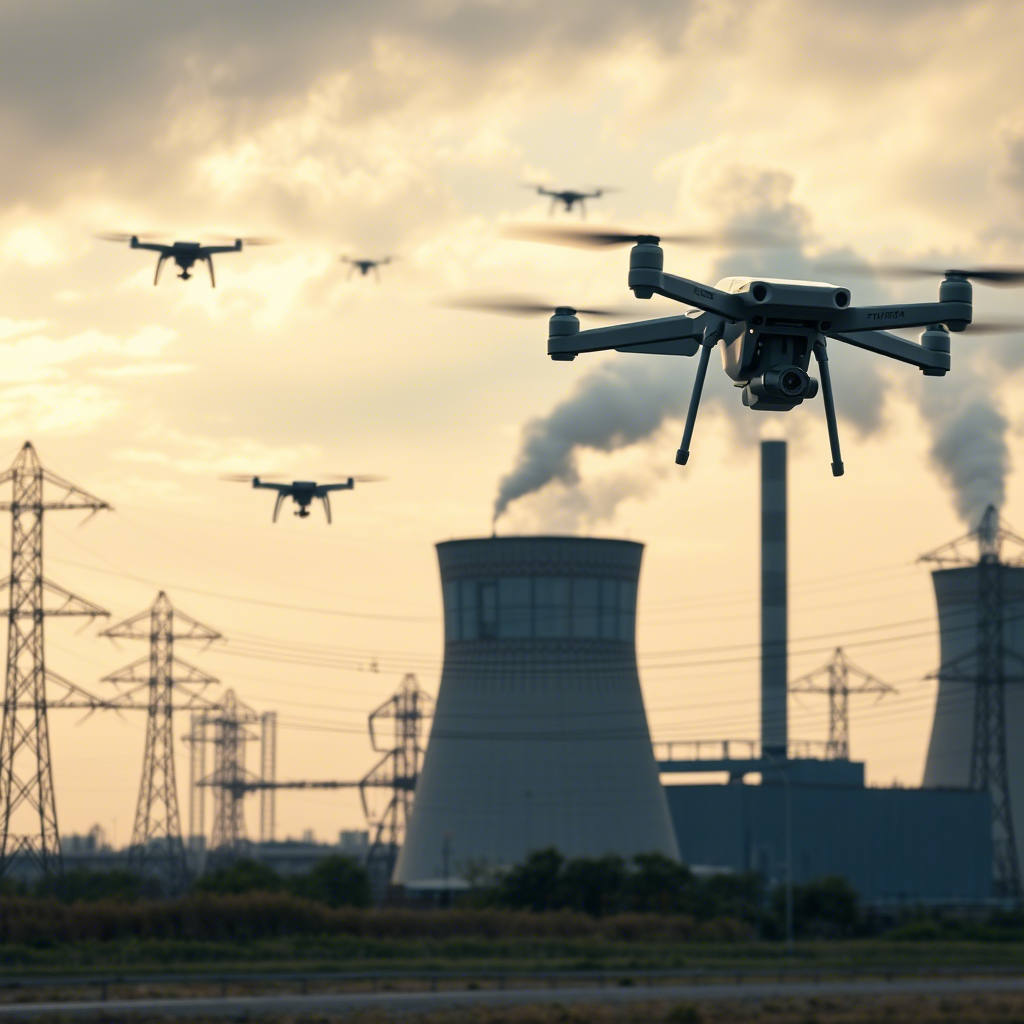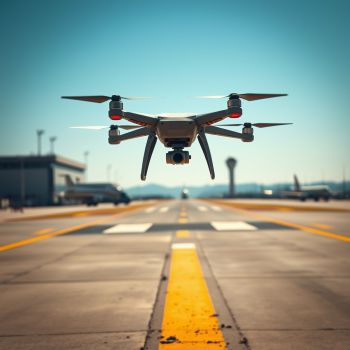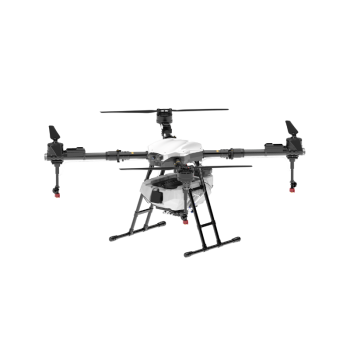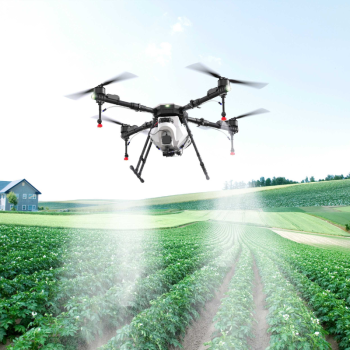Advantages of modular design for agricultural drones
Advantages of Modular Design in Plant Protection Drones
The agricultural sector is increasingly adopting modular design principles in plant protection drones to address evolving operational demands. Modularity allows for customizable configurations, easier maintenance, and scalable performance, making these drones adaptable to diverse farming environments. Below are key benefits that highlight why modular systems are transforming aerial crop management.
Enhanced Flexibility for Diverse Agricultural Needs
Modular plant protection drones empower farmers to tailor equipment to specific crop types, field sizes, and treatment requirements. For instance, interchangeable payload modules enable seamless switching between spraying nozzles, seed dispersers, or multispectral cameras. This adaptability ensures that a single drone can perform multiple functions across different seasons or growth stages without requiring entirely new hardware.
Field conditions often vary significantly, from uneven terrain to dense vegetation. Modular drones can integrate specialized components like high-precision GPS units for navigation in challenging landscapes or adjustable wingspans for improved stability in windy areas. By allowing users to mix and match features, modular systems reduce the need for multiple specialized drones, streamlining operations and lowering long-term costs.
Simplified Maintenance and Reduced Downtime
Traditional drones with integrated components often face lengthy repair processes when a single part fails. Modular designs mitigate this issue by enabling quick disassembly and replacement of individual modules. For example, if a motor malfunctions, technicians can swap it out in minutes without affecting other systems, minimizing flight interruptions during critical spraying windows.
This ease of maintenance also extends to routine upkeep. Farmers can independently clean or upgrade specific modules, such as filters or batteries, without professional assistance. Additionally, modular components are often designed with standardized interfaces, allowing for compatibility across different drone models from the same manufacturer. This interoperability simplifies inventory management and ensures spare parts remain readily available, further reducing downtime.
Scalability for Evolving Farming Practices
As agricultural technologies advance, modular drones can evolve alongside them. New sensors, AI-driven analytics tools, or improved propulsion systems can be integrated into existing frameworks without requiring a complete overhaul. For instance, a farmer adopting precision agriculture techniques might add a hyperspectral imaging module to detect early signs of disease, enhancing the drone’s diagnostic capabilities without discarding the entire platform.
Scalability also applies to operational scale. Smallholder farms might start with basic spraying modules and later expand to include soil sampling or livestock monitoring functions as their needs grow. Conversely, large agribusinesses can deploy multiple modular drones with specialized configurations for different tasks, optimizing efficiency across vast estates. This pay-as-you-grow model ensures that investments in drone technology remain cost-effective over time.
Cost Efficiency Through Resource Optimization
Modular drones reduce waste by allowing farmers to upgrade or repair specific components instead of replacing entire units. This approach extends the lifespan of core systems, such as flight controllers or frames, which remain functional even as peripheral technologies advance. Over time, this reduces depreciation costs and lowers the total cost of ownership compared to non-modular alternatives.
Resource optimization also applies to energy consumption. Farmers can select battery modules with varying capacities based on mission duration, avoiding over-investment in heavy, high-capacity batteries for short flights. Similarly, lightweight payload modules minimize power usage, enabling longer flight times without compromising performance. These choices help balance operational efficiency with environmental sustainability.
Adaptability to Regulatory and Environmental Changes
Agricultural regulations governing pesticide use, flight altitudes, and noise levels vary by region and evolve over time. Modular drones can quickly adapt to these changes by incorporating compliant components, such as low-drift nozzles or silent propellers, without requiring redesigns. This agility ensures that farmers remain compliant while avoiding disruptions to their workflows.
Environmental factors like climate change also influence farming practices. Drones equipped with modular thermal imaging or moisture-sensing modules can monitor crop stress in real time, enabling proactive adjustments to irrigation or fertilization schedules. As extreme weather events become more frequent, such adaptability will be crucial for maintaining yields and reducing resource waste.
By prioritizing flexibility, maintainability, scalability, cost efficiency, and regulatory adaptability, modular plant protection drones are setting a new standard for aerial crop management. These systems not only meet current agricultural challenges but also provide a future-proof framework for integrating emerging technologies, ensuring long-term relevance in a rapidly changing industry.




